Quin-what?
Quinoa (pronounced Keen-wah) is a seed that is more like a grain in texture and flavor. It’s the only plant that is a complete protein and it has a neutral quality that makes it delicious in so many ways. Make a breakfast parfait with yogurt, fruit and quinoa. Make a salad by topping it with your favorite salad fixings and a drizzle of vinegar and oil, or use it as a side dish at dinner. You can’t go wrong, so fix it your favorite way today!
Quinoa (pronounced Keen-wah) is a seed that is more like a grain in texture and flavor. It’s the only plant that is a complete protein and it has a neutral quality that makes it delicious in so many ways. Make a breakfast parfait with yogurt, fruit and quinoa. Make a salad by topping it with your favorite salad fixings and a drizzle of vinegar and oil, or use it as a side dish at dinner. You can’t go wrong, so fix it your favorite way today!
Hydrate, hydrate, hydrate!
Ice-cold water sounds less appealing in cold weather, but staying hydrated through the winter is just as important as during the summer heat. Water, as always, is best. Carry a water bottle with you and set a goal to drink at least two bottles each day, and include antioxidant rich, decaffeinated tea as part of a healthy winter routine.
Ice-cold water sounds less appealing in cold weather, but staying hydrated through the winter is just as important as during the summer heat. Water, as always, is best. Carry a water bottle with you and set a goal to drink at least two bottles each day, and include antioxidant rich, decaffeinated tea as part of a healthy winter routine.
Eat Healthy with 1-2-3!
Building a healthy diet is as easy as 1-2-3. Limit sugary sweets, drinks and treats to just “1” small serving a day; at each snack combine at least “2” different food groups like an apple with peanut butter; choose at least “3” different food groups at mealtimes like whole grain rice, diced chicken, and broccoli.
Building a healthy diet is as easy as 1-2-3. Limit sugary sweets, drinks and treats to just “1” small serving a day; at each snack combine at least “2” different food groups like an apple with peanut butter; choose at least “3” different food groups at mealtimes like whole grain rice, diced chicken, and broccoli.
What children’s vitamins should you buy?
Did you know that not all children’s vitamins are created equal? Gummy vitamins are popular with children, but they are not complete. The gummy vitamins lack iron, one of the most common nutrient deficiencies among children. A healthy diet is always the best way to ensure our children are getting their vitamins and minerals, but if you choose to offer a vitamin stick with the hard chewables.
Did you know that not all children’s vitamins are created equal? Gummy vitamins are popular with children, but they are not complete. The gummy vitamins lack iron, one of the most common nutrient deficiencies among children. A healthy diet is always the best way to ensure our children are getting their vitamins and minerals, but if you choose to offer a vitamin stick with the hard chewables.
Balance carbohydrates, protein and fat in your diet by choosing at least two different food groups for each snack (ex: an apple and cheese stick) and at least three different food groups for each meal (ex: baked chicken breast, quinoa, and spinach.) Combining food groups will help you feel full longer, maintain your energy levels, and ensure you are getting a healthy variety of nutrients.
Carbohydrates and proteins together play a key role in how well you recover after a long run. Use food labels to plan a post-workout snack that includes 60-100 grams of carbohydrates and 10-20 grams of protein within 60 minutes after you finish your run. Drinking 16 ounces of chocolate milk or eating a bagel with 2 Tbsp of peanut butter and 8 ounces of Gatorade will decrease muscle soreness and rebuild your energy stores so you are ready to train the next day.
Even slight dehydration will affect your run or workout. As the temperatures rise outside, carry a water bottle with you and aim to consume at least 8 glasses of water per day.
